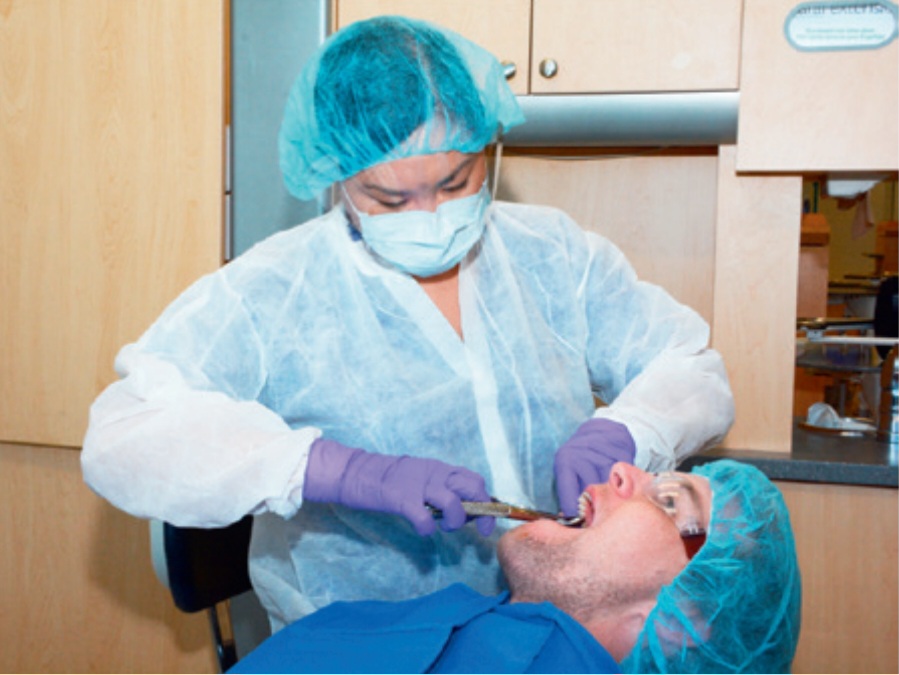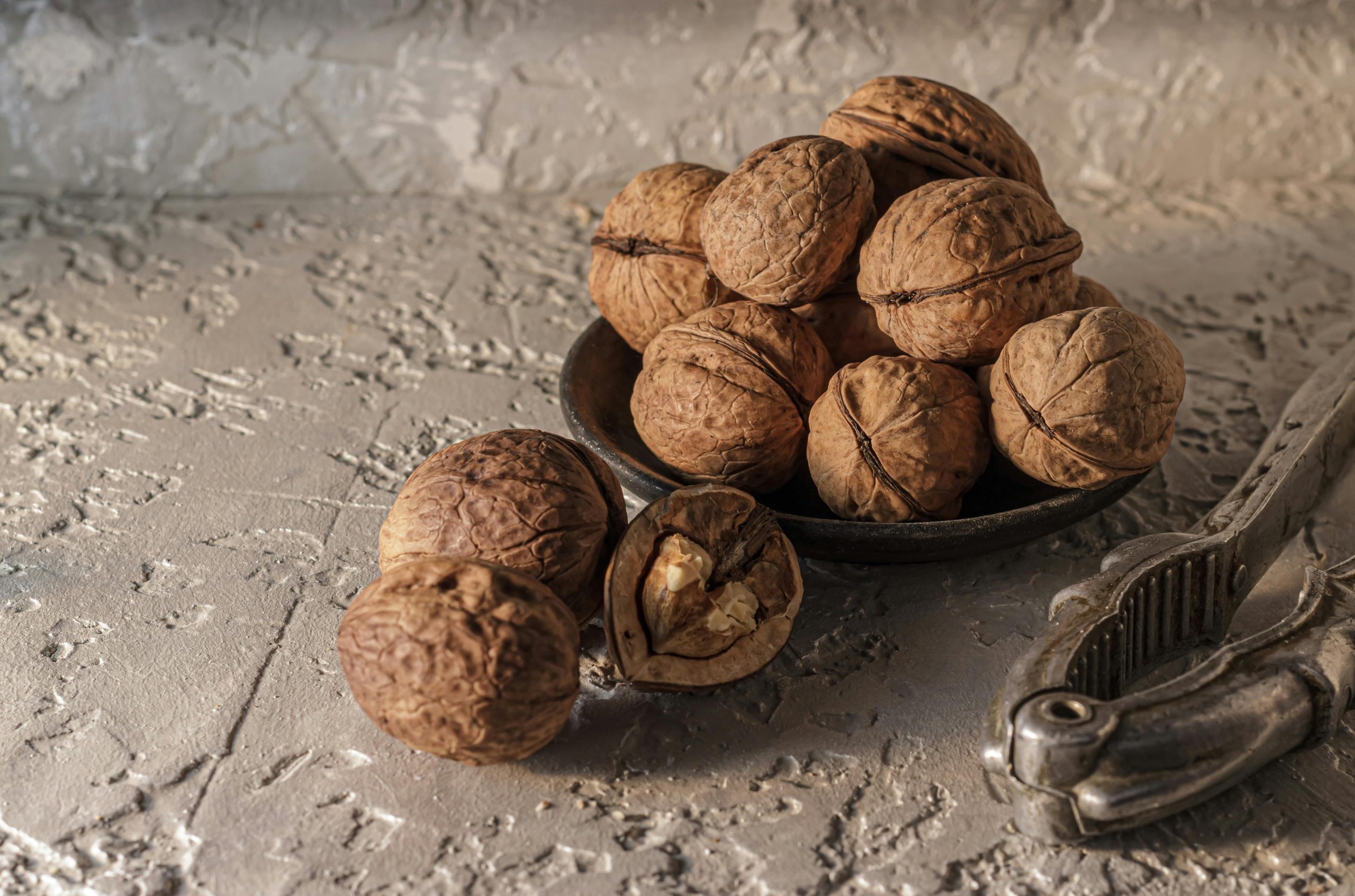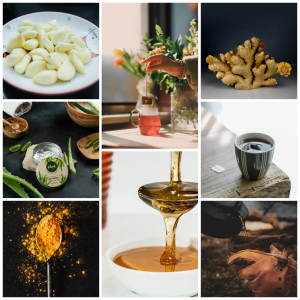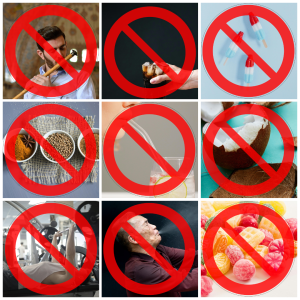Tooth extraction is a common dental procedure which you may go at some point in your life. One of the most commonly asked question after getting an extraction is “When can I eat solid food after tooth extraction?”
There can be many reasons for getting a tooth extraction like caries, malocclusion, orthodontic reasons etc. Whatever reason there may be for you to get a tooth extraction, the recovery process after getting an extraction is important to ensure optimal healing of the extraction wound. One of the factors which influence this post-extraction healing is your diet. This comprehensive guide will provide a detailed diet description after tooth extraction, along with essential tips for a smooth and quick recovery.
Table of Contents
The Tooth Extraction Process

Before getting the “When can I eat solid after tooth extraction” question answered, it is important to understand the tooth extraction process itself so that you may know why are there certain restrictions.
Tooth extraction involves the removal of tooth from the tooth socket. This means that the space which was previously filled with a sound tooth, is now hollow. Hence it becomes very important for us to take care of this extraction site or extraction wound (the hollow part).
Immediate Post-Extraction Care
The First 24 Hours
The first 24 hours after a tooth extraction are the most critical for optimal healing of the wound. The reason for this time being the most critical is that it is during this time that a blood clot forms at the extraction site, which leads to tissue formation in the later days. Anything which disturbs this clot in these first 24 hours will delay healing and can also lead to complications, like dry socket, infection etc.
Eating And Drinking Guidelines
For the first 24 hours, stick to the following eating and drinking guidelines for an infection-free recovery.
- Avoid Solid Foods: To avoid disturbing the blood clot, avoid eating solid foods, like nuts or coconut or anything which may disrupt the already formed clot.
- Stay Hydrated: Drinking enough water is also essential, as it promotes healing and lessens the chances of an infection. It is not necessary only to stick to water to get hydrated. You should drink plenty of fluids in any form, whether it be juices, shakes or smoothies etc. But keep in mind not to use straws as the suction pressure can disrupt the clot.
- Stick to soft diet: With the question “when can i eat solid food after tooth extraction” comes another very common question that what to eat if not solid food. You can eat anything as long as it is not very hard, hot and spicy.
When Can I Eat Solid Food After Tooth Extraction
There is no exact answer to the query “when can I eat solid food after tooth extraction”. The time at which to reintroduce solid foods varies from patient to patient. The main factor which determines the time to reintroduce solid foods is the complexity of the extraction procedure. However, there are some general guidelines, which each patient can follow after getting a tooth extraction.
Day 1-2: Stick to Liquids and Soft Foods

As mentioned earlier, the time immediately after extraction is the time during which you should take care of your clot so that healing can be sooth. So during this time period, stick to something which is easy to eat, and which does not place a burden on your teeth or gums.
Foods that are easy to eat during this time period include:
- Smoothies (although smoothies are an excellent option for people to have after an extraction, make sure that there are no seeds or bits in the smoothie which can get stuck in the extraction site)
- Mashed potatoes
- Blended soups (have the soup only when it has been cooled down to room temperature or below it)
- Pudding
- Applesauce
Day 3-7: Gradually Introducing Soft Solids
By the third day, if you are not experiencing any pain or discomfort in the extraction site, it means that your healing is going well. You can now start to introduce more soft solid foods in your meal plans. During this time, continue to avoid hard, crunchy or chewy foods, as the healing has not yet been completed.
Food options which are healthy and good for your mouth during this phase include:
- Scrambled eggs
- Oatmeal
- Soft pasta
- Soft-cooked vegetables
- Cottage cheese
After the First Week: Introducing More Solid Foods
Although after the first week most patients can start eating solid foods without any problem, this is not a necessity. Listen to your body, and if you have not yet experienced any symptoms like pain or discomfort, then you can start having solid foods. Make sure that the transition from meals of day 1-2 to solid foods should be gradual, with soft foods between the time period. Also, you should start with softer solid foods, and work your way up to foods with a harder texture.
Foods to Start With After the First Week
The following is a list of some food options, which you can start taking after the first week. This will help promote healing, and avoid any complications of tooth extraction.
- Ground or finely chopped meats
- Cooked pasta
- Soft bread
- Rice
Click here to learn in detail about what to eat after tooth extraction.
Factors Influencing When You Can Eat Solid Food After Tooth Extraction
There are so many factors which can influence the “when can I eat solid food after tooth extraction” question. The three main factors which influence this question is the type of extraction, your overall health which also includes the number of white blood cells in your body, and how well you follow the instructions given to you after an extraction.
1. Type of Extraction
There are two main types of tooth extraction
- 1. Simple Extraction: It typically involves less trauma to the surrounding tissue, which leads to a lesser healing time. Since the healing time is reduced, you can return to solid foods rather quick.
- 2. Surgical Extraction: It generally involves more complex procedures, thus traumatizing the surrounding tissues even greater. So the time after which you can return to solid foods is increased.

2. Overall Health
This includes factors like your age, weight, the number of antibodies in your body, the number of blood cells in your body etc. It is the cells in your body which cause wound healing, so greater their numbers, greater are the chances of your wound site healing at a faster rate.
3. Following Dentists’ Instructions
Although the first two factors are not under your control, following the instructions given to you is completely what you can control. This has a huge impact on your healing time. And lesser the time that your wound takes to heal, more quickly you would be able to return to solid foods.
For detailed post-extraction instructions, you can watch this video on YouTube.
Tips for Smooth Recovery
1. Maintain Oral Hygiene
Good oral hygiene is essential to prevent infection and promote healing. Follow your dentist’s instructions on how to care for your mouth after the extraction.
- Rinse Gently: Use a saltwater rinse to keep the extraction site clean, but avoid vigorous swishing.
- Brush Carefully: Continue to brush your teeth, but be gentle around the extraction site.
2. Avoid Certain Foods and Activities
To ensure a smooth recovery, it’s crucial to avoid foods and activities that could disrupt the healing process.
- Avoid Crunchy and Hard Foods: Foods like nuts, chips, and raw vegetables can irritate the extraction site.
- Steer Clear of Spicy and Acidic Foods: These can cause irritation and discomfort.
- No Smoking or Alcohol: Both can interfere with the healing process and increase the risk of complications.
3. Follow Your Dentist’s Advice
Your dentist will provide you with specific instructions tailored to your situation. Following these instructions closely will help ensure a smooth recovery and reduce the risk of complications.
Common Complications and How to Avoid Them
While most tooth extractions heal without any issues, complications can arise. Being aware of these potential problems and knowing how to avoid them can help you recover more quickly.
Dry Socket
One of the most common complications after tooth extraction is dry socket, a condition where the blood clot at the extraction site fails to form properly or is dislodged. This can be very painful and delay the healing process.
Preventing Dry Socket:
- Avoid using straws.
- Do not smoke.
- Follow a soft food diet as recommended.
Infection
Infections can occur if bacteria enter the extraction site. Signs of infection include increased pain, swelling, and fever.
Preventing Infection:
- Keep the extraction site clean with gentle rinses.
- Follow your dentist’s instructions on medication, if prescribed.
Special Considerations for Wisdom Teeth Extractions
Wisdom teeth extractions are more complex and often involve a longer recovery period. The back of the mouth is more difficult to keep clean, and the extraction sites are larger.
When Can I Eat Solid Food After Wisdom Tooth Extraction?
For wisdom teeth extractions, you may need to wait longer before reintroducing solid foods. The initial diet should be strictly limited to liquids and very soft foods for the first 3-4 days. Gradually, you can start to introduce soft solids, but avoid any hard or crunchy foods for at least two weeks.
Nutritional Tips for Recovery
Proper nutrition plays a significant role in the healing process. While you may be limited in the types of foods you can eat, it’s still important to maintain a balanced diet to support your recovery.
Protein-Rich Foods
Protein is essential for tissue repair and wound healing. Incorporate protein-rich soft foods such as:
- Greek yogurt
- Cottage cheese
- Protein shakes
- Soft scrambled eggs
Vitamin and Mineral-Rich Foods
Vitamins and minerals, especially Vitamin C and Zinc, can enhance the healing process. Include:
- Mashed sweet potatoes
- Smoothies with fruits and leafy greens
- Fortified cereals (softened with milk)
Sample Meal Plan Post-Extraction
Day 1-2: Liquid Diet
Breakfast:
- Smoothie with banana, yogurt, and protein powder
Lunch:
- Blended vegetable soup
Dinner:
- Mashed potatoes with a side of applesauce
Day 3-7: Soft Food Diet
Breakfast:
- Oatmeal with mashed bananas
Lunch:
- Soft scrambled eggs with cheese
Dinner:
- Soft pasta with a smooth tomato sauce
After One Week: Gradually Introducing More Solid Foods
Breakfast:
- Soft bread with avocado spread
Lunch:
- Chicken noodle soup with soft vegetables
Dinner:
- Baked salmon with steamed, soft vegetables
Summary
Understanding when can I eat solid food after tooth extraction is crucial for a smooth recovery. By following your dentist’s advice, maintaining good oral hygiene, and gradually reintroducing solid foods into your diet, you can ensure that your healing process is as quick and painless as possible. Remember, each individual’s recovery time may vary, so it’s important to listen to your body and proceed with caution. If you experience any complications or prolonged discomfort, don’t hesitate to contact your dentist for further guidance.




